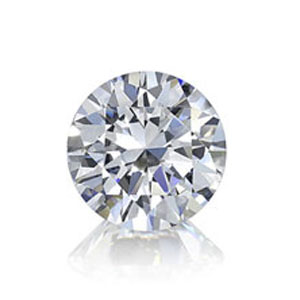The Diamond

It’s name derives from the Greek word referring to hardness, Adamas, which means “unconquerable”. Diamonds are crystals of carbon that are formed in the earth’s crust over millions of years, under conditions of intense heat and pressure. There is nothing close to its hardness and only another diamond can cut a diamond. This being said, it is possible to break a diamond due to its strong cleavage, which is the ability of a crystal to “split” along certain flat planes. With care, it is possible to solder right up close to a diamond as it can withstand high temperatures. X-rays cannot permeate diamonds, which is unlike any of the synthetics produced to look like diamonds. This is often a method used to identify genuine diamonds. Because of its hardness, it is the most “brilliant” of all gemstones and has been known as the “king of gems”. A diamond’s facets have very distinctive “crisp” edges. This “fire” is what has made the diamond desirable for adornment since the beginning of time.
